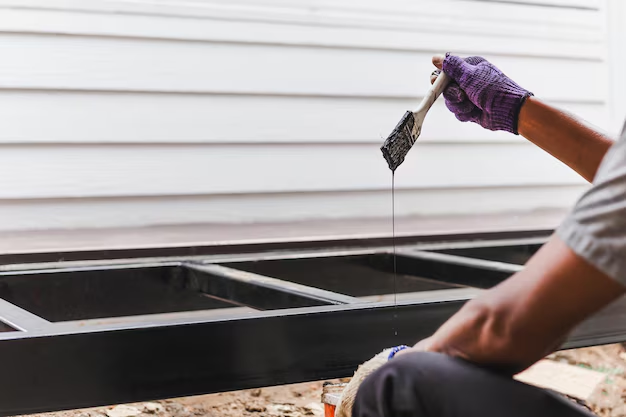Mastering Roof Replacement: A Step-by-Step Guide You Need to Know
Embarking on the journey to replace your roof might seem daunting, but with the right guidance, it can be a straightforward process. Whether you're dealing with a leak, storm damage, or simply an aging roof, understanding the steps involved and knowing what resources are available can empower you to make informed decisions.
Assessing the Situation
Before diving into the replacement process, it's crucial to evaluate the condition of your current roof. Look for signs like missing shingles, water stains inside the attic, or sagging areas, which all indicate the need for a replacement. It’s often worth hiring a professional to conduct a thorough inspection if you're unsure about the extent of the damage.
Planning Your Roof Replacement
Once you've determined that your roof needs replacing, the next step is planning. Here are some factors to consider:
- Budget: Determine how much you’re willing to spend. A new roof can be a significant investment, but several financing options might be available to ease the financial burden.
- Material Choice: Opt for a roofing material that meets your aesthetic preferences and climate needs. Options range from traditional asphalt to durable metal and eco-friendly options like solar tiles.
- Contractor Selection: Hiring a reputable contractor is crucial. Ensure they are licensed, insured, and have good reviews. Obtain multiple quotes to get a sense of the market rate.
DIY vs. Professional Installation
While some handy homeowners might consider a DIY approach, many prefer to hire professionals due to the complexity and safety considerations of roofing work. Professionals have the tools, experience, and safety gear necessary to complete the job efficiently.
Financial Assistance and Support
Replacing a roof can be costly, but several resources are available to help ease the financial strain:
- Homeowners Insurance: Check if your policy covers roof damage due to weather conditions.
- Government Aid Programs: Depending on your location, you might qualify for state or federal assistance aimed at home repair and improvement.
- Financing Options: Many contractors offer financing solutions or payment plans, allowing you to spread the cost over time.
- Tax Credits: Look into potential tax credits, especially if using energy-efficient materials or solar panels.
After the Roof Replacement
Once your new roof is installed, regular maintenance is key to prolonging its lifespan. Keep gutters clean, inspect the roof after severe weather, and schedule annual inspections to catch early signs of wear.
Exploring broader financial aid doesn't just stop at ROOFING. Homeowners have diverse needs, and a wealth of resources exist to support them in various aspects of life:
- Credit Card Solutions: Managing payments through low-interest credit cards or seeking balance transfer options could provide added financial flexibility.
- Debt Relief Options: If roofing costs lead to financial stress, consulting with a debt relief advisor could offer solutions.
- Educational Grants: For families, educational grants and scholarships can alleviate additional burdens, ensuring that investments in your home don't compromise educational goals.
Here’s a handy list of financial tools and programs to consider:
- 🏠 Local Housing Grants: Check with your local government for grants specific to homeowners in need.
- 💳 Low-Interest Financing: Look into credit solutions with lower interest rates for roofing expenses.
- 📉 Debt Counseling Services: Access expert advice to manage financial obligations post-renovation.
- 📚 Education and Skills Grants: Use available grants to support educational pursuits that can improve career prospects and income.
Replacing your roof doesn't have to be an overwhelming task. By planning carefully, seeking out financing and assistance options, and maintaining your new roof properly, you can protect both your home and your financial wellbeing.
